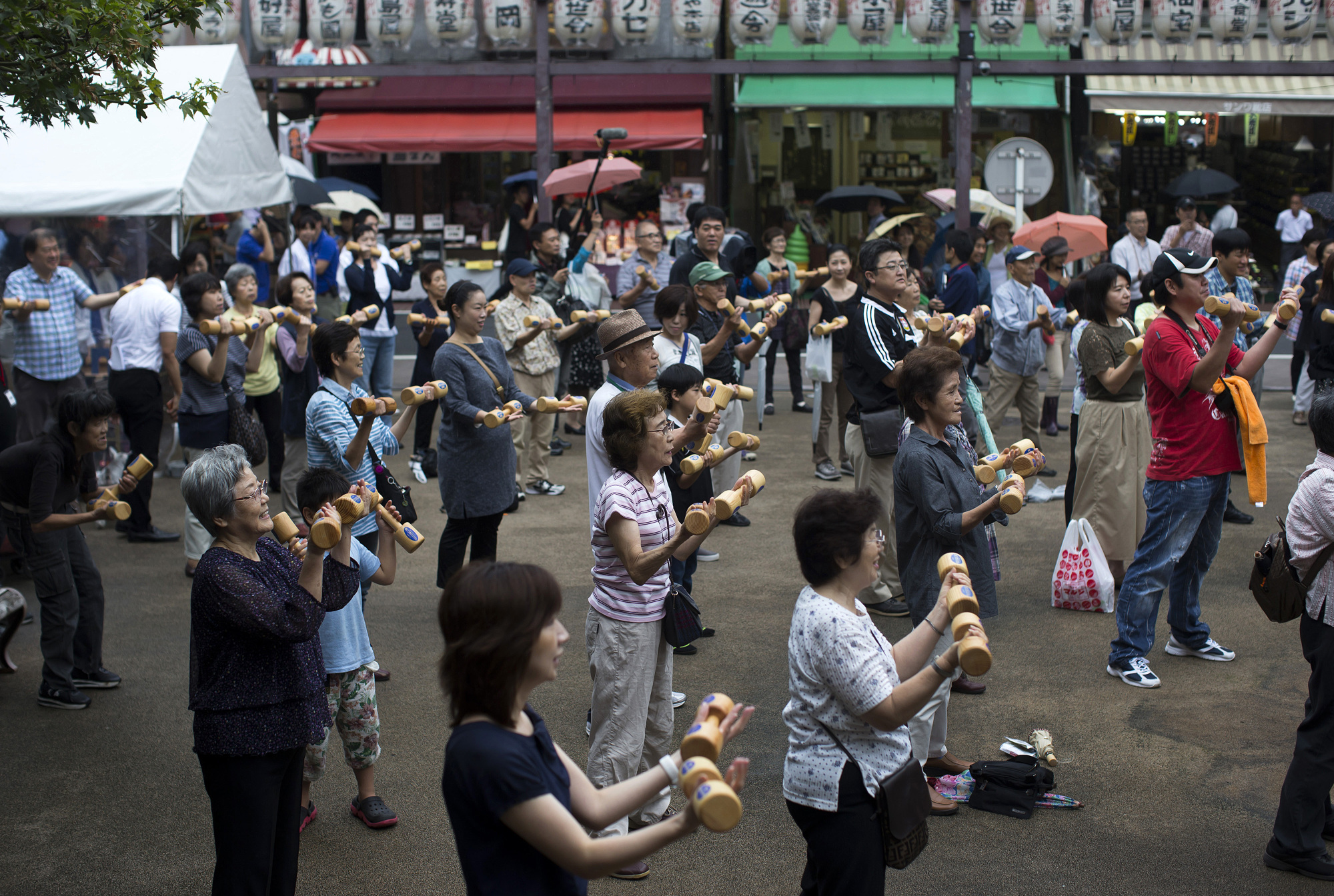Looking at Japan's agenda for 2018, there are three major structural challenges confronting the nation. The first is responding to the rapid aging of the nation's population with declining births.
Looking back on history, I do not know of any country or region that managed to prosper over the medium to long term despite a declining population. Many advanced economies have succeeded in achieving a V-shaped recovery in their total fertility rate by vigorously pushing measures to help people keep their jobs while at the same time raising children. France and Sweden are often cited for their success in bringing the fertility rates back to around 2.0 — after the rates had plunged to the 1.5-1.6 range — and that success is attributed to a policy shift away from the provision of mere economic support such as family allowances toward creation of an environment in which nursing care for children is beefed up and people are given an extensive choice in terms of giving birth, raising children and working.
The Japanese government has set a policy target of maintaining a population of 100 million or more over the medium to longer term. That requires a fertility rate of 1.8 — still 0.3-0.4 points higher than it is today. I would suggest that Japan follow the child-rearing support policies introduced in France, but that will likely cost fiscal resources equivalent to about 3 percentage points worth of consumption tax.



















With your current subscription plan you can comment on stories. However, before writing your first comment, please create a display name in the Profile section of your subscriber account page.